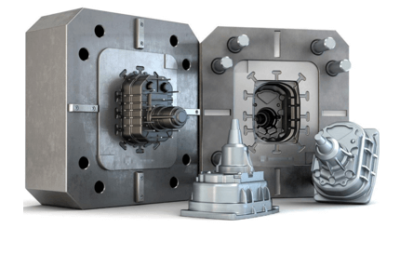Ensuring that the product is pleasing aesthetically functions efficiently, and is designed soundly is one of the major issues facing anyone who wants to get a product to market - whether they are established businesses, entrepreneurs, or inventors. A crucial step towards a final solution is a prototype plastic injection molding and there are various ways to approach this issue.
Firstly, prototype production is crucial as the costs to manufacture a prototype are so much less as compared to the large-scale production costs. Simply stated, right before you produce a million copies, you want to ensure you get the product. To do this, for replacing the effect of holding a virtually identical working prototype in your hand, there is simply no way.
Injection-molded prototypes are the ideal solution
For mass production, finished products that are intended are typically manufactured in very large quantities. As a consequence, to make sure that the engineering design is sound, it is extremely prudent that the product functions as expected in its final production material and the aesthetics are satisfactory. You can’t overstate the significance of this step.
Producing a few hundred to a thousand injection molded prototypes for use in consumer research and testing before mass production is the way to execute it properly. The prototype molding services make use of this method. This requires an investment in a process for conducting research and an injection mold tool ahead of time. To safeguard your even larger investment down the road and reduce risk means making a large up-front investment. After and during mass production, executing a thorough plan at the beginning of the process will increase the product success likelihood.
As you might guess, through injection molding prototypes, engineering, and design are project-dependent on the amount of time the process takes from the introduction of the idea. Very little time as few weeks can be taken for the beginning stages through CNC cut and printed prototypes. Several months are typically taken by the injection molding procedure, but the complexity of the product decides that too.





























